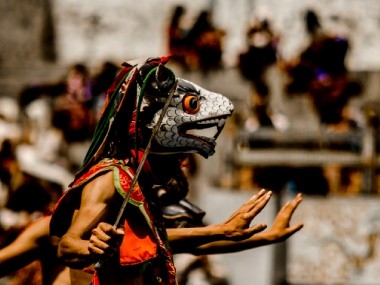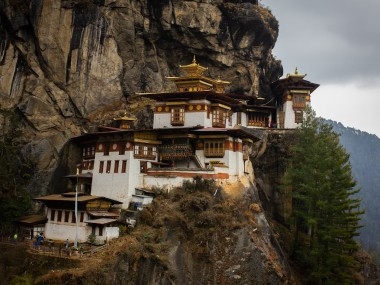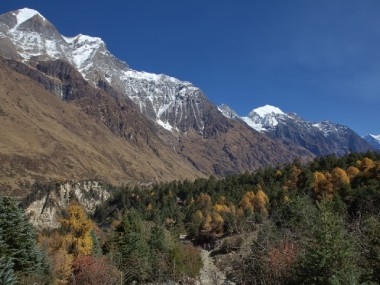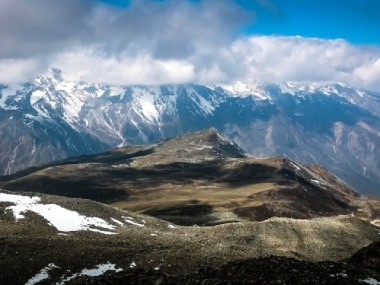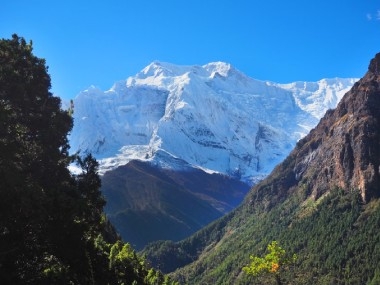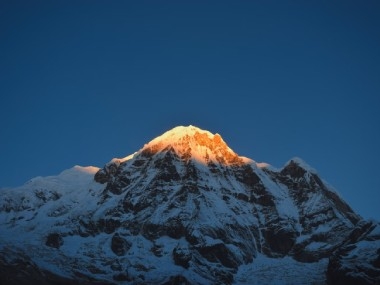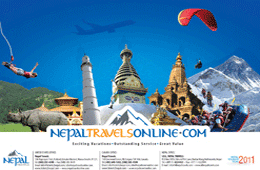Nepal is a sovereign land-locked country, nestled amongst the world's highest mountain range, the magnificent Himalayas. It is a unique mix of natural beauty, varied cultures and religions (mostly Hindu with some Buddhist influences), intermingling of poverty and increasing affluence, architectural marvels and above all, the home to a people who are both friendly and welcoming to foreigners.
Two Nepals: Kathmandu and the Rest of Nepal
Kathmandu is the largest city and capital of Nepal and home to around 4 million people. Situated in a large valley, it is a bustling city bursting at the seams in with people, houses, cars, shops, temples and people. Kathmandu’s ancient and medieval architectural marvels in "the 3 kingdoms" (Kathmandu, Bhaktapur and Patan) are hidden gems among the urban chaos.
Outside Kathmandu valley, there are multiple exciting destinations to explore. After all, Nepal is still largely a rural society. Traveling on rough roads up and down the mountainside with waterfalls, exotic flowers and red-saried women working in the rice paddies is an experience not to be missed. Villages of thatched-roofed houses and small tea-shops adorn the Nepali landscape from the very high Himalayas on the north to the Terai on the south.
Pokhara is a popular lakeside gateway to the Annapurna trekking region with excellent shopping, dining and adventure activities including river rafting, paragliding, to name a few. For some adventurers, trekking near Jomsom in the "Forbidden Kingdom" of Mustang (near the Tibetan border) is an once-in-a-lifetime experience.
For a country of 30 million people with the size of the State of Maine, Nepal is teaming in diversity. The highest point on earth in Mount Everest to the sea level of the Terai within 50 miles, over 60 ethnic groups and 100 languages or dialects illustrate this diversity.
